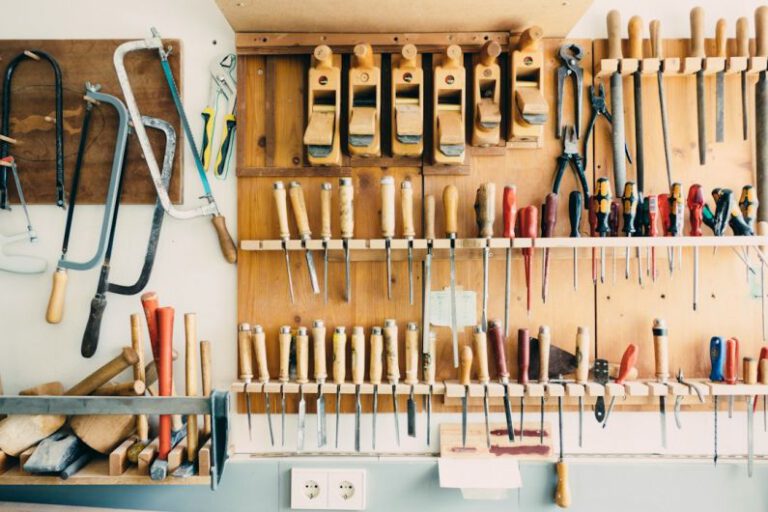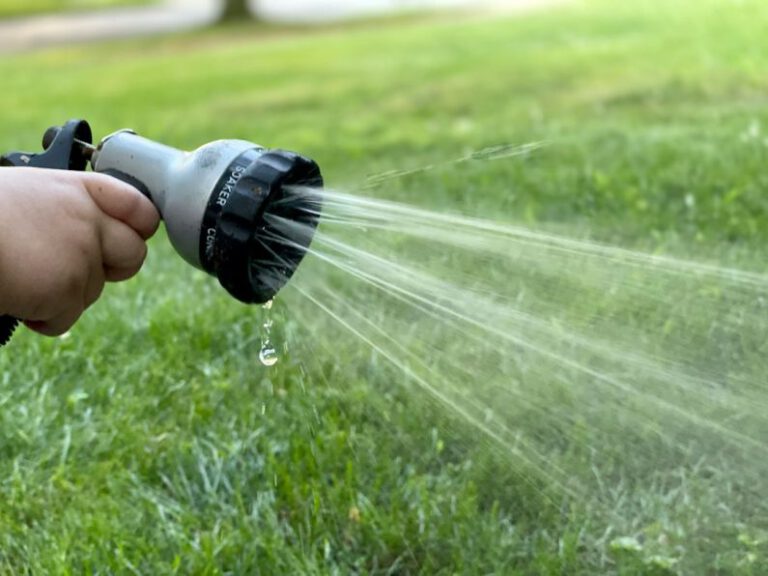Protecting Your Planters during Off-season
As the gardening season comes to an end and winter approaches, it’s important to take the necessary steps to protect your planters. These containers are not only a home for your beloved plants, but they also add beauty and charm to your outdoor space. By following a few simple tips, you can ensure that your planters remain in good condition and ready for the next growing season.
Cleaning and Storing
Before the first frost hits, it’s crucial to clean your planters thoroughly. Remove any plants, soil, and debris from the containers. Use a brush or sponge to scrub away any stubborn dirt or stains. This will prevent any pests or diseases from lingering and causing problems in the future.
Once your planters are clean, make sure they are completely dry before storing them. Moisture trapped in the containers can lead to cracks or mold growth. Place them in a dry and well-ventilated area, such as a shed or garage, to protect them from the elements.
Protecting from Freezing Temperatures
Freezing temperatures can cause damage to your planters, especially if they are made of materials like clay or ceramic that are prone to cracking. To prevent this, consider wrapping your planters with insulating materials such as bubble wrap or burlap. This will provide an extra layer of protection against the cold.
If possible, move your planters to a sheltered area, such as a covered porch or patio. This will help shield them from the harsh winter conditions. Alternatively, you can group your planters together and cover them with a tarp or plastic sheeting. This will help retain some heat and provide additional protection.
Preventing Water Accumulation
During the off-season, it’s important to prevent water accumulation in your planters. Excess water can freeze and expand, causing the containers to crack or break. To avoid this, make sure your planters have proper drainage holes. This will allow any excess water to escape and prevent it from pooling at the bottom.
You can also elevate your planters slightly by placing them on bricks or blocks. This will create space for water to drain freely underneath, further reducing the risk of damage. Additionally, avoid overwatering your plants before winter. Excess moisture in the soil can contribute to freezing and thawing cycles, which can be detrimental to your planters.
Protecting from UV Damage
UV rays from the sun can cause fading and discoloration to your planters over time. To protect them from UV damage, consider using a UV-resistant sealant or paint. This will help extend the lifespan of your planters and keep them looking vibrant and fresh.
If your planters are made of plastic, consider storing them indoors during the off-season. Plastic containers are more susceptible to UV damage and may become brittle or discolored when exposed to prolonged sunlight. Storing them in a cool and dark place will help preserve their integrity.
Conclusion
Properly protecting your planters during the off-season is essential to ensure their longevity and maintain their beauty. By cleaning and storing them correctly, protecting them from freezing temperatures, preventing water accumulation, and guarding against UV damage, you can enjoy your planters for many seasons to come. Taking these simple steps will not only protect your investment but also save you time and money in the long run. So, don’t neglect your planters during the off-season – give them the care they deserve and they will reward you with stunning displays year after year.






